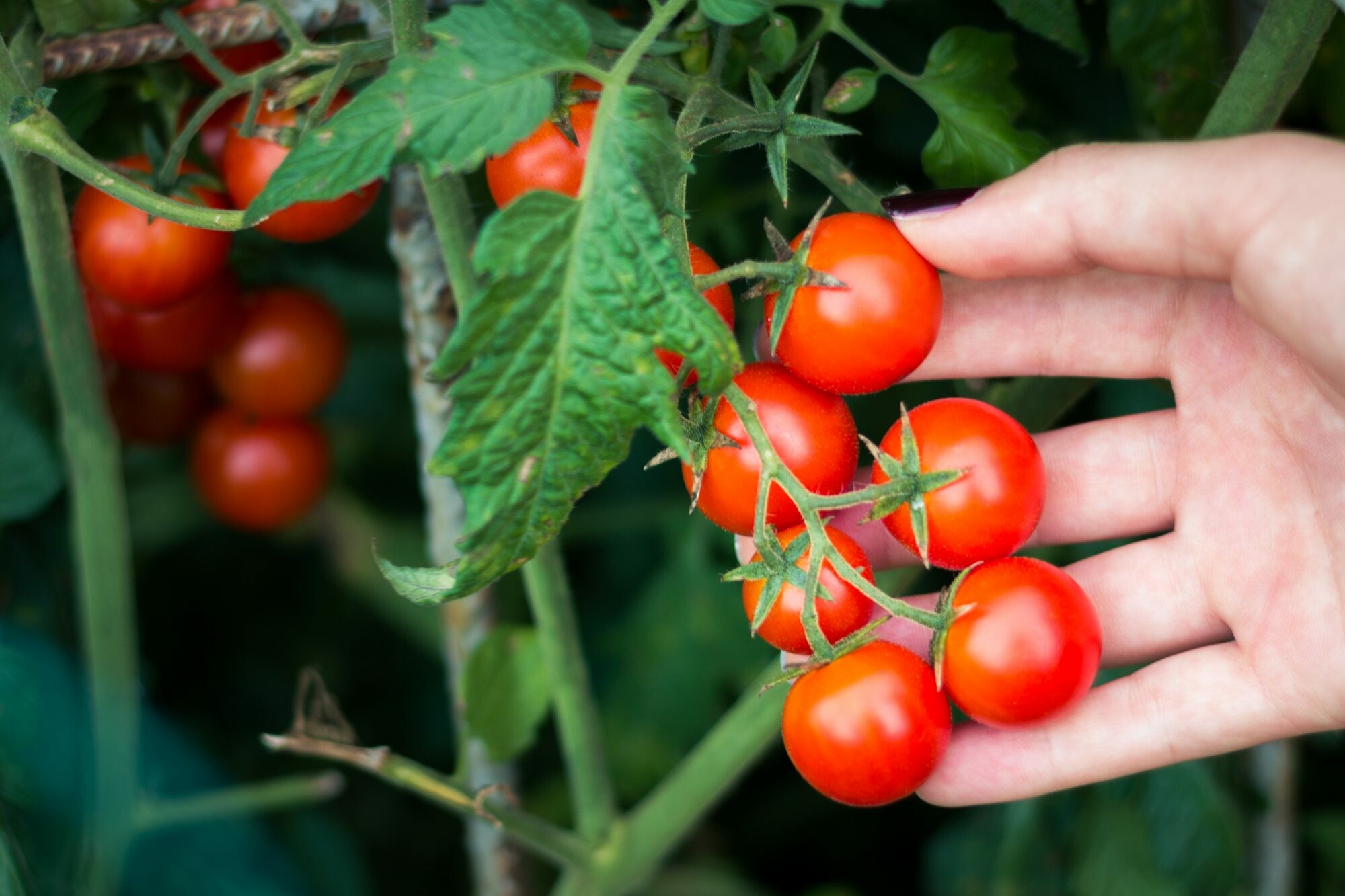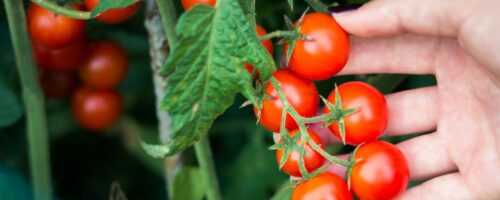
Sinaloa, San José de los Olvera, Qro., Mexico
How is it produced?
Tomatoes are produced in Mexico year-round, with a fall/winter cycle and a spring/summer cycle stretching over 18 months and measured by an agricultural year (AY) from October to March (plus one year). Mexican tomatoes are hand picked by workers and their plants hand pruned. This is much different than processes used by large mutilnations in the States.
Describe the supply chain to the store shelf in Canada:
- Workers plant the tomatoes plant in Sinaloa (usually women)
- Shipped to Sinera for pruning and eventual harvest, loaded into crates and onto trucks
- Put onto a conveyer belt to wash them and coats them with wax
- Sorted and put into containers for sales in Canada and the US
- They are stamped “Mexican Tomatoes”
- Put onto trucks that are drive by local drivers, but sometimes they use large trucking companies, trucking can take up to 40 hours
- The drivers and trucks must pass through the US department of Agriculture. This can be very dangerous because drugs can be planted on the shipment and also Mexican citizens trying to escape poverty, can attached themselves to the truck or hide in the shipment.
- Trucks are stopped at four different check points throughout the process
- Quality control checks are done for illegal pesticides and to ensure the trucks are not over the legal limit for weight, temperature is taken and examination of the colour and size.
- The truck will be driven through the boarder and to a plant where brokers and distributors are located
- The skids are unloaded and sales are made by phone, fax and internet by the brokers
- Once a deal is made with distributors (grocery stores), the tomatoes are loaded onto specific trucks and driven to Sarina, Ontario
- Wholesalers arrive and buy and distribute to grocery stores, and fast food chains
- In Canada, tomatoes travel appox 4693 KMs, from 63 states and countries (Barndt, D. (2002) P 44).
What is the power balance between the producer and seller?
Tomatoes are one of the few Mexican crops to “win” with NAFTA as Mexico has a comparative advantage with more intense, consistent sun, easier access to the land and cheaper labour (Barndt, D. (2002) P 38). Follow capitalism theory, growing tomatoes in Mexico and shipping them to Canada, is cheaper than paying more expensive labour costs in Canada, even when tomatoes are in season. The political economy is that food is produced in the south with cheap labour and sold in the north at a more expensive, with the profits not staying in the south, but rather the North (distributors, grocery stores and wholesalers). The US inspectors will only allow tomatoes brought into the country if they are grown with a specific seed that has been taken out of Mexico, modified by the states and then sold back to the farmers to grow. A seed that was once grown naturally in their country has now been modified and sold back the farmers. That is an example of how the trade balance is not equal.
Can you recommend changes to the system to improve the balance?
The resiliency of people, the collective action of coalitions and individuals is hopeful. Education and small acts of changes to push against the system. Collective action against the system to improve living wages of farmers, labeling of food to hold corporations accountable, cross boarder education on the equalities of the economy, provide more funding to NGOs such as the Mexican Institute for Community Development. Recognize the rights and culture of the Indigenous people who were on the land prior to contact. Shorten the length of trade agreements to ensure they can be renegotiated.
References/Resources:
Barndt, D. (2002) Tangled routes: women, work and globalization on the tomato trail. Lanham: Rowman & Littlefield

